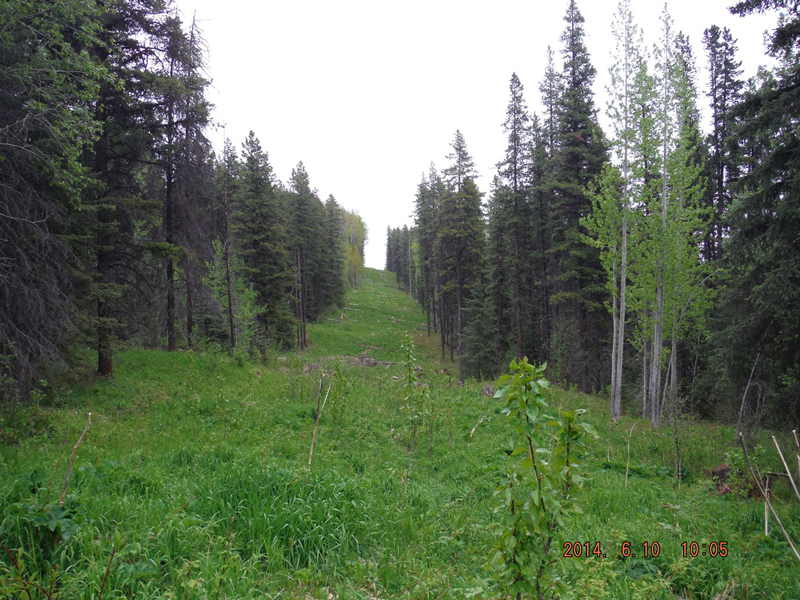
Paper published in the Canadian Journal of Forest Research. Citation and abstract only.
Abstract
Resource development can have significant consequences for the distribution of vegetation cover and species persistence. Modelling changes to anthropogenic disturbance regimes over time can provide profound insights into the mechanisms that drive land cover change. We analyzed the spatial patterns of anthropogenic disturbance before and after a period of significant oil and gas extraction in two boreal forests in Alberta, Canada. A spatially-explicit model was used to map levels of anthropogenic forest crown mortality across 700 000 ha of managed forest over a 60-year period. The anthropogenic disturbance regime varied spatially and temporally and was outside the historical range-of-variability characterized by regional fire regimes. Levels of live forest crown within anthropogenic disturbances declined and edge density increased following oil and gas development, while patch size varied regionally. In some places, anthropogenic disturbance generated profoundly novel landscapes with spatial patterns that had no historical analogue in the boreal system. The results illustrate that a shift in one sector of the economy can have dramatic outcomes on landscape structure. The results also suggest that any efforts to better align cumulative anthropogenic disturbance patterns with the historic baseline will almost certainly require a concerted and collaborative effort from all of the major stakeholders.
Access the full article (with subscription) here.
To request a PDF copy of the full article, contact Dave Andison.
Citation
Pickell, P., Andison, D., Coops, N., Gergel, S., & Marshall, P. (2015). The spatial patterns of anthropogenic disturbance in the western Canadian boreal forest following oil and gas development. Canadian Journal of Forest Research, doi: 10.1139/cjfr-2014-0546






